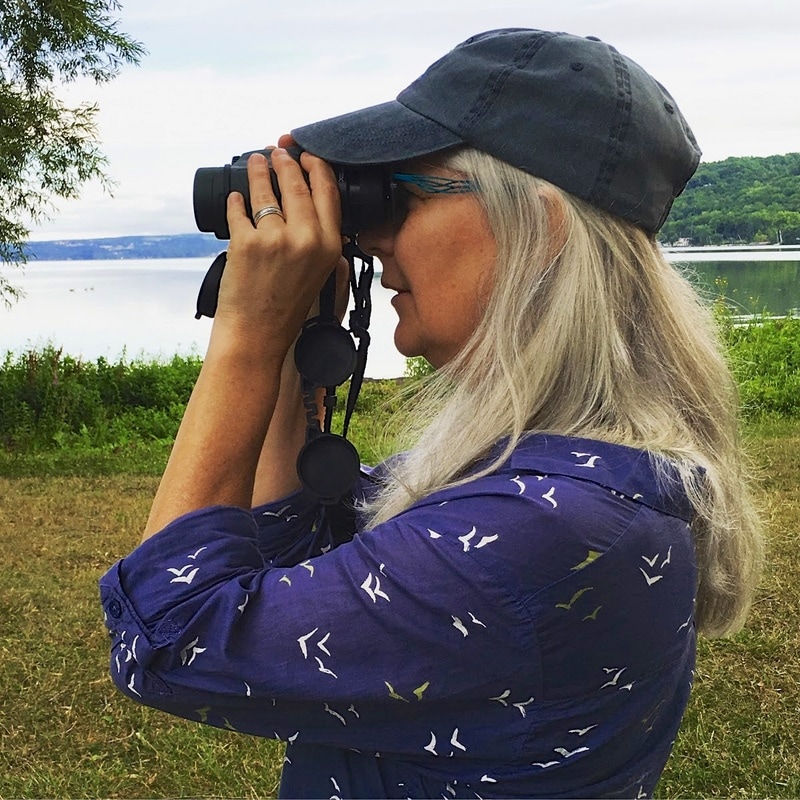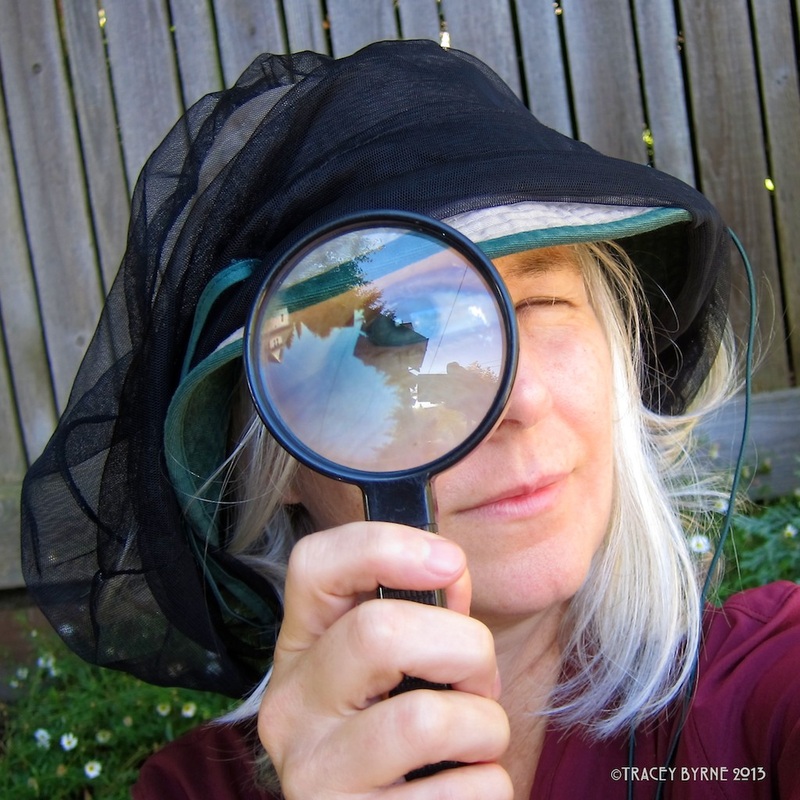Do you have curiosity and patience?
Can you tell a duck from a songbird? An owl from a raptor?
Congratulations! You have the basic skills to be a birder!
Backyard Birding 101
You do not have to travel far, nor do you have to invest a lot of time or money to improve your birding skills. Expedite your learning by observing the birds in your backyard and neighborhood and develop a friendly relationship with them.
To enhance your budding bird awareness:
1. put up a bird feeder or two: suet and seeds will attract a greater variety of species
2. invest in a decent pair of binoculars (or borrow from a friend)
3. familiarize yourself with a few different birds guides
4. keep a journal for notes, tallies, and nature drawing
It is helpful to have a list of the birds that are likely to be visiting your backyard, as this will save you time as you begin to record the numbers and habits of the birds you see. You will notice that you get regulars, and these will be your gateway birds-the ones that you can identify by the way they move, sing, and their flight patterns-in addition to knowing them by their color and size. Once you get three or four solid regulars, you will find that you'll use these birds as your basis to compare and differentiate.
I have several favorite tools for ID, from my Project FeederWatch poster to Sibley's Field Guide to Birds of Western North America. A good book for novice birders is Birds of Seattle and Puget Sound, which has lovely illustrations of 125 birds and includes ID tips, notes on habitat and food, songs and calls, and similar bird species.
For those of you who partake in urban adventuring, I would like to suggest Sibley's folding guides; I have Backyard Birds of the Pacific Northwest and Backyard Birds of the Pacific Northwest Coast tucked in my birding bag (along with binoculars and camera), which you can purchase at either Seward Park Audubon Center or the Washington Park Arboretum gift shop.
Ready... Set... Bird!




 RSS Feed
RSS Feed
